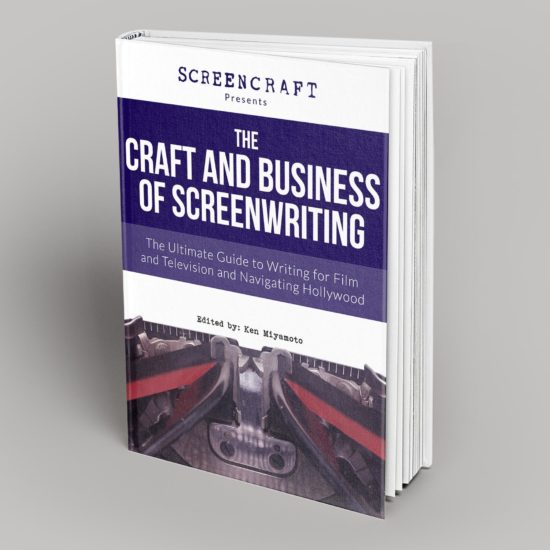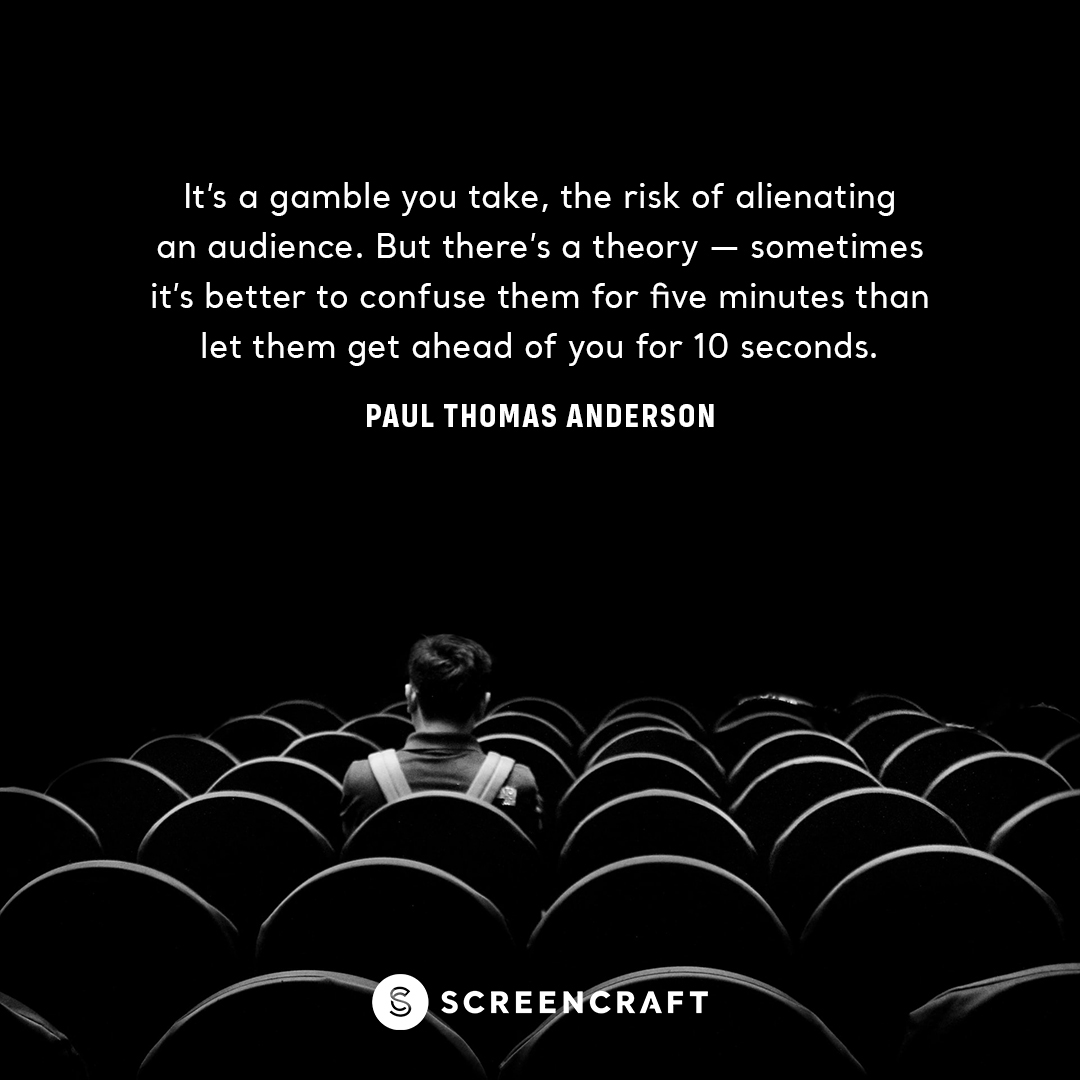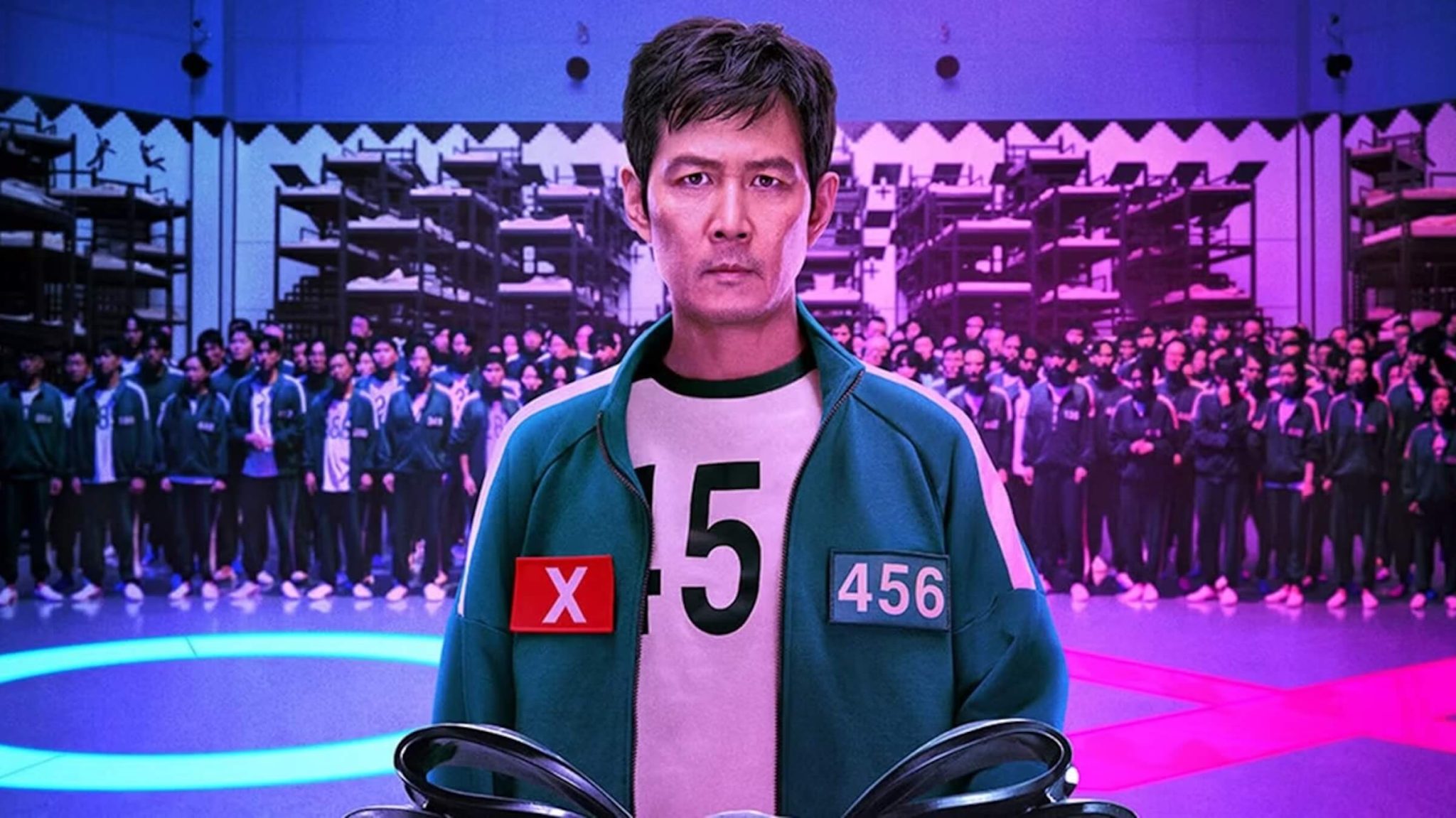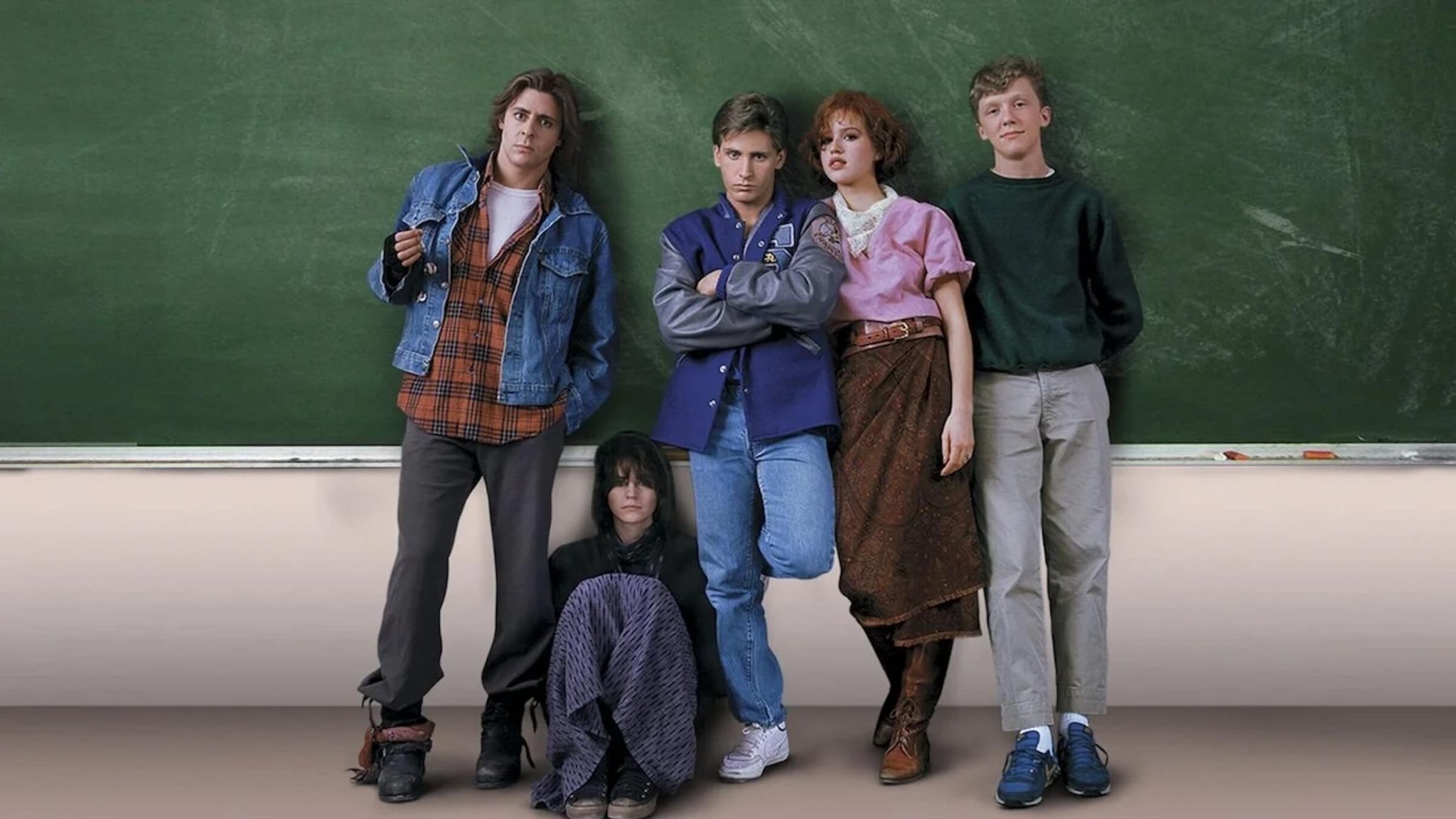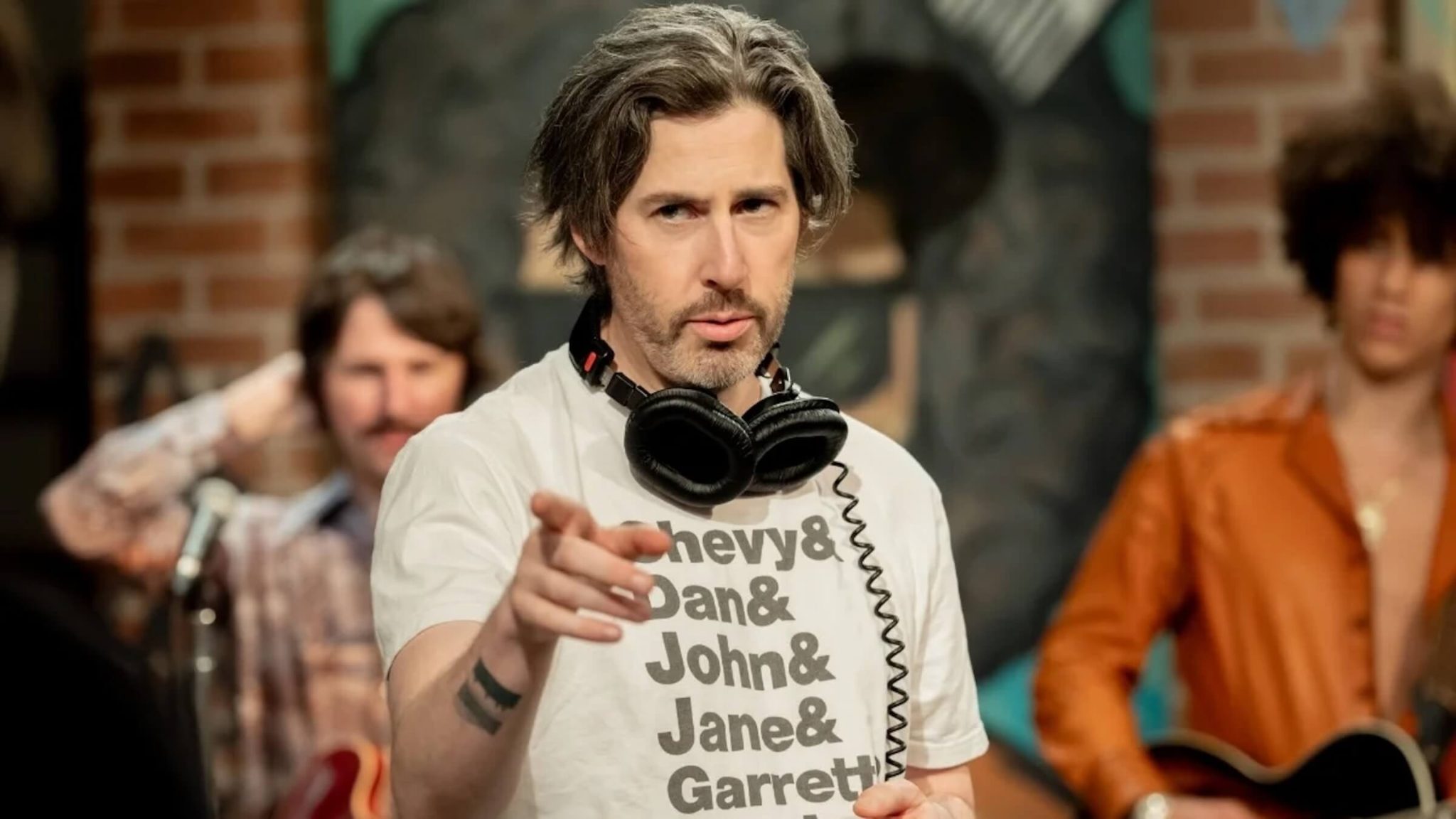10 Most Basic Things to Remember Before Starting a Screenplay

Let's talk about the most basic elements of screenwriting that you need to remember as you start that first, second, third, or twentieth screenplay.
Forget all of the books, courses, and seminars you've ingested. Forget all of the secret formulas, structures, and methods you've been taught. There are many ways to write a screenplay and even more ways to communicate and structure a story within a screenplay.
While we always share multiple ways to develop, write, and market a script, understand that these are all just options for you to apply to your own method and process. In the end, if you stick to the basics of screenwriting, you'll be just fine.
With that in mind, we're going to follow the KISS methodology as we say to you, "Keep It Simple, Screenwriters!" Here are ten of the most basic things to remember when you start that next script.
1. Less Is More
There's no magic number for the amount of dialogue, scene description, and scenes that should be within a script. Guidelines and expectations are always applicable for certain reasons, yes, but in the end, all that matters is that you keep a general awareness of the Less is More mantra.
Read ScreenCraft's Why Every Screenwriter Should Embrace Less Is More!
The less dialogue there is, the more likely your script has a better balance between showing and telling.
The less scene description there is, the easier it is for the reader to process those visuals without being bogged down by having to read and imagine those specifics.
The fewer scenes — and pages — there are, the more likely your script is a tight draft that becomes a real page-turner for the reader.
2. Focus on Broad Strokes, Not Details

Details are for novels. The true talent of a screenwriter is evident when they can communicate the heart and soul of a moment ever so briefly without having to go into that detail.
Broad strokes in scene description offer the reader everything they need, allowing them to fill in the blanks and read between those broad lines.
3. Craft a Compelling Opening
Whether it's a drama, comedy, horror, action, or thriller — or any other subgenre or genre hybrid you're attempting — that opening scene needs to be compelling. It needs to engage the reader and make them want more. Your script's beginning and ending are the most memorable moments.

Challenge yourself. Be creative. Conjure dramatic, funny, scary, action-packed, or thrilling opening scenes that we haven't seen before. Take a familiar cinematic moment and flip it.
What better way to start a screenplay?
4. The First Act Is Not for Character Introductions
This is the most common mistake screenwriters make. Slow builds are poison for newcomers trying to get their script noticed. Introduce the characters briefly, give us a quick sense of who they are, and then toss them into the fire of the premise, concept, and conflict. Then let us discover who they are by their actions and reactions amidst the conflict.
Or just forget all character introductions all together...
5. Conflict, Conflict, Conflict
It is everything. For any genre. Every script should have conflict. Every scene should have conflict. Every character arc should have conflict.
Read ScreenCraft's 5 Ways to Create Conflict in Your Story!
Nobody goes to the movies to see a girl meet a guy and fall in love with no conflict. Nobody goes to the movies to see a team of bank robbers execute their plan and get the big payday with no conflict. Nobody goes to the movies to see a victim face a killer and escape with no conflict.
It's not enough for the concept to contain a conflict. It's not enough for each story act to contain a conflict either. Every scene and every moment within a script must have some form of conflict. Take a look at each scene that you write and ask yourself, "What is the conflict?"
6. Create Moments, Not Scenes
Scenes can't be just scenes that carry the plot forward — they need to be moments that engage us, offer twists and turns, reveal revelations, and introduce more and more conflicts that challenge the characters. They need to make the reader laugh, cry, cheer, or scream — whatever you want the moment to call for. Turning a scene into a moment forces you to entice an emotion or response from the reader.
Don't waste your time by just unloading information. You need to offer more than that.
Read each of your scenes that you write and ask yourself, "Is this a moment?"
7. Every Line You Write Must Matter
Everything in your script must be there for a good reason — and it must matter to the story and characters.

A common mistake that readers find in screenplays are scenes, characters, or lines of dialogue that are present in the script for no reason other than to get a laugh, to force a tear, to blow something up, or merely to service some unknown purpose that the writer must have had to include it.
Make sure everything you write matters to the story and the characters. If you find yourself including things that are just cool, are just funny, are just badass, or are only there because they amuse or excite you, rewrite them to inject more meaning by applying them to the story and characters — or just delete them outright and save yourself the space.
8. Stick to Formatting Basics
When in doubt, just give us the location, a little scene description, character names, and dialogue.
Read ScreenCraft's Elements of Screenplay Formatting!
Transitions, inserts, sound effects, camera angles, and anything else beyond INT/EXT LOCATION - DAY/NIGHT followed by scene description and character dialogue are unnecessary 99.9% of the time.
9. See It Before You Write It
How can you possibly communicate a cinematic moment for the reader to envision if you haven't first visualized it cinematically yourself?
It's a common mistake with novice screenwriters. They sit down with general outlines or ideas and start writing with the goal of just getting to the next scene, and the next, and the next. This often leads to scenes that are just information dumps that carry the plot forward, rather than offering a cinematic experience for the reader.
You're writing a movie. See it in your own mind's eye first and then translate what you've seen to the reader.
10. When the Draft Is Done, Take a Vacation From It
When you're done with a draft, walk away from it for two weeks to a month. You need a long break from your script before you start rewriting it.

When you return and read it from beginning to end, you WILL see all of the flaws.
Writing a screenplay is no simple task. While it's great to study up on the various formulas, directives, structures, and methods, all that you really need when you finally start that script are the basics. Everything else will fall into place.
Embrace the Less Is More mantra, and you'll have better dialogue and better scenes.
Focus on the broad strokes within your scene description, and you'll have a script that reads so much better.
Craft a compelling opening to get the reader engaged and excited about your script.
Maintain their attention by using the first act not to introduce characters, but to throw characters into the fire of the concept so we can learn about them through their actions and reactions.
Inject conflict into each and every scene and moment of your script to keep the reader's interest.
Entice emotions and responses within each scene by writing them as moments that reveal, intrigue, and surprise.
Make sure every line you write within the screenplay matters to the story and characters. It keeps that forward momentum moving.
Stick to the formatting basics, so your screenplay is easy to read and visualize.
Visualize each and every scene cinematically before you write it so that you can do your job of translating those visuals for the reader so they themselves can have an easier time visualizing your movie.
And lastly, when you've completed a draft, make sure that you spend some time away from it to clear your mind and then approach it with the outside perspective necessary to see the flaws.
Read ScreenCraft's The Most Underrated Elements of Successful Screenplays!
Ken Miyamoto has worked in the film industry for nearly two decades, most notably as a studio liaison for Sony Studios and then as a script reader and story analyst for Sony Pictures.
He has many studio meetings under his belt as a produced screenwriter, meeting with the likes of Sony, Dreamworks, Universal, Disney, Warner Brothers, as well as many production and management companies. He has had a previous development deal with Lionsgate, as well as multiple writing assignments, including the produced miniseries Blackout, starring Anne Heche, Sean Patrick Flanery, Billy Zane, James Brolin, Haylie Duff, Brian Bloom, Eric La Salle, and Bruce Boxleitner. Follow Ken on Twitter @KenMovies
For all the latest ScreenCraft news and updates, follow us on Twitter, Facebook, and Instagram.
Tags
Get Our Screenwriting Newsletter!
Get weekly writing inspiration delivered to your inbox - including industry news, popular articles, and more!





